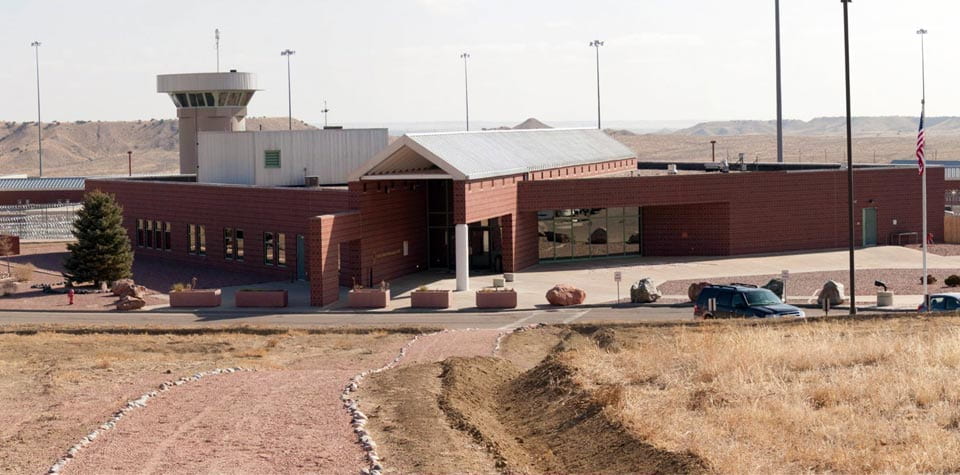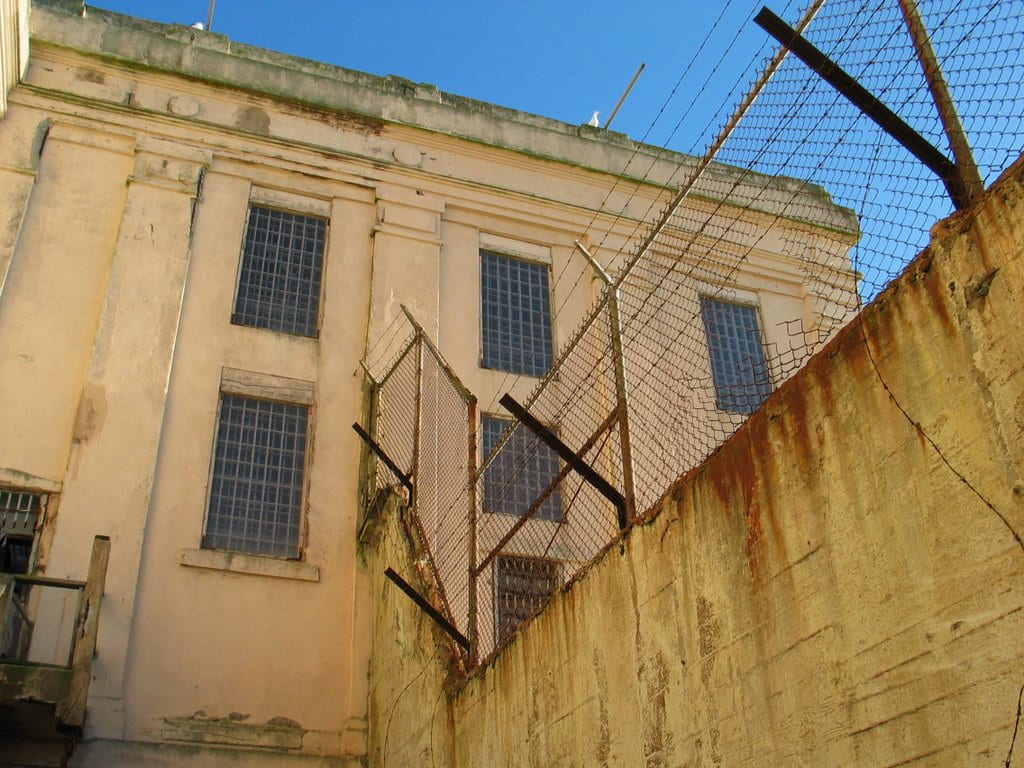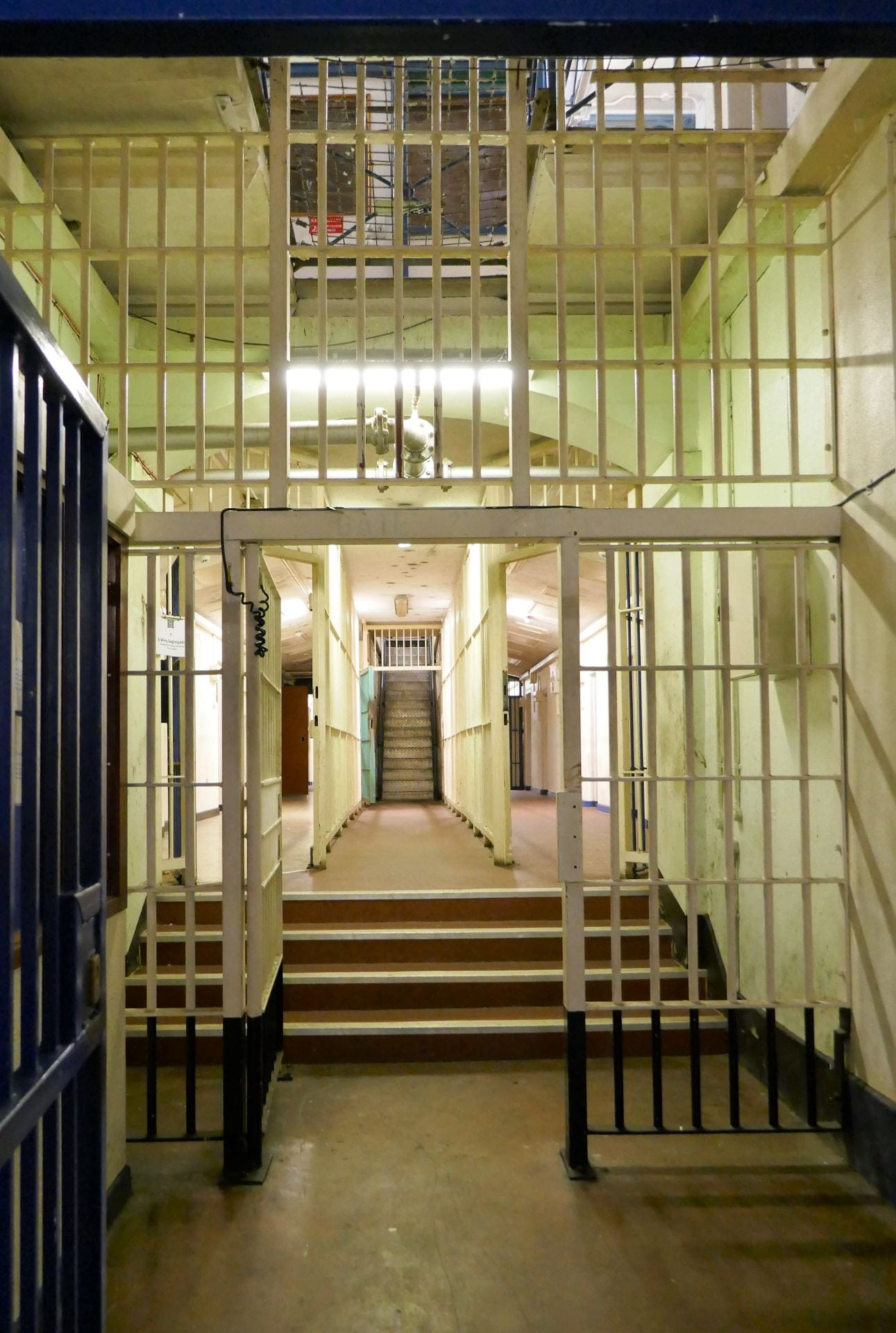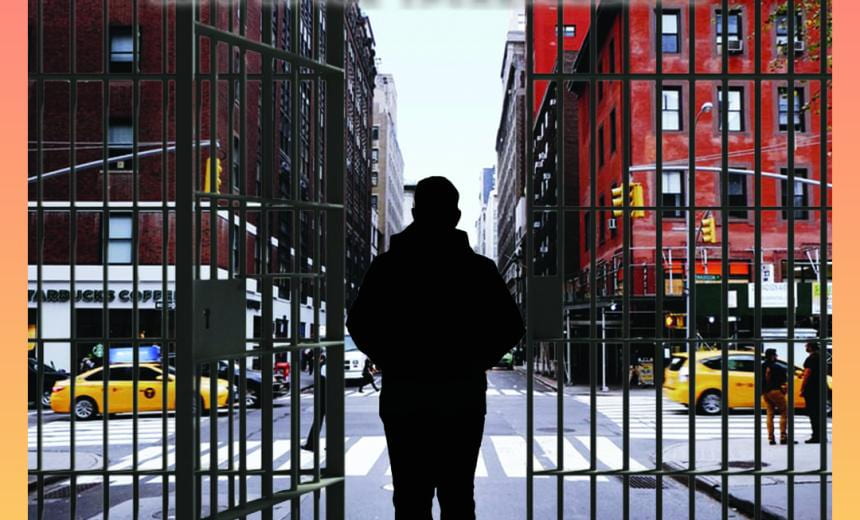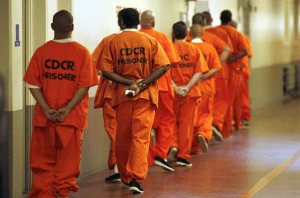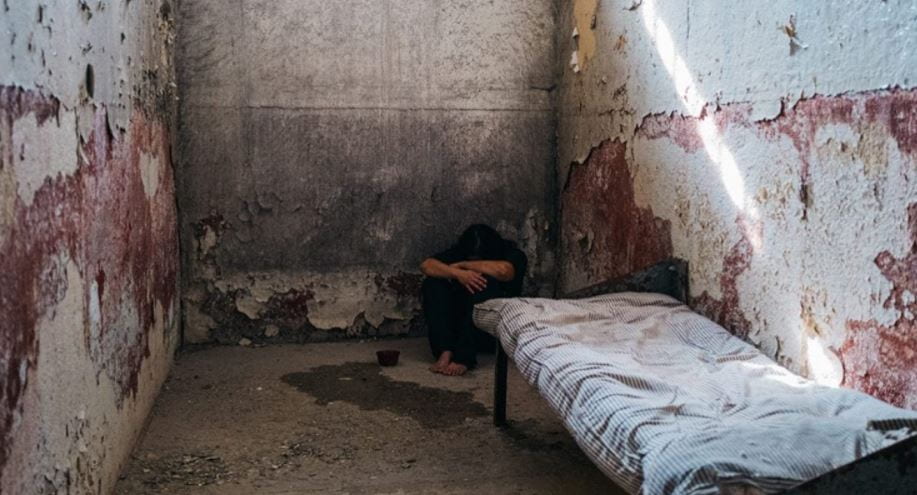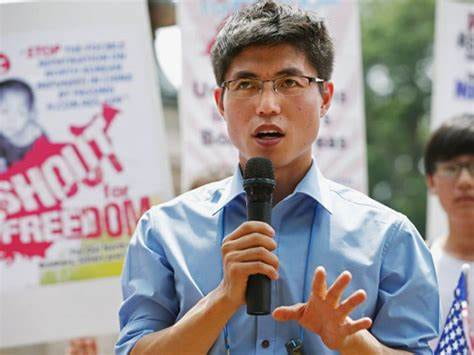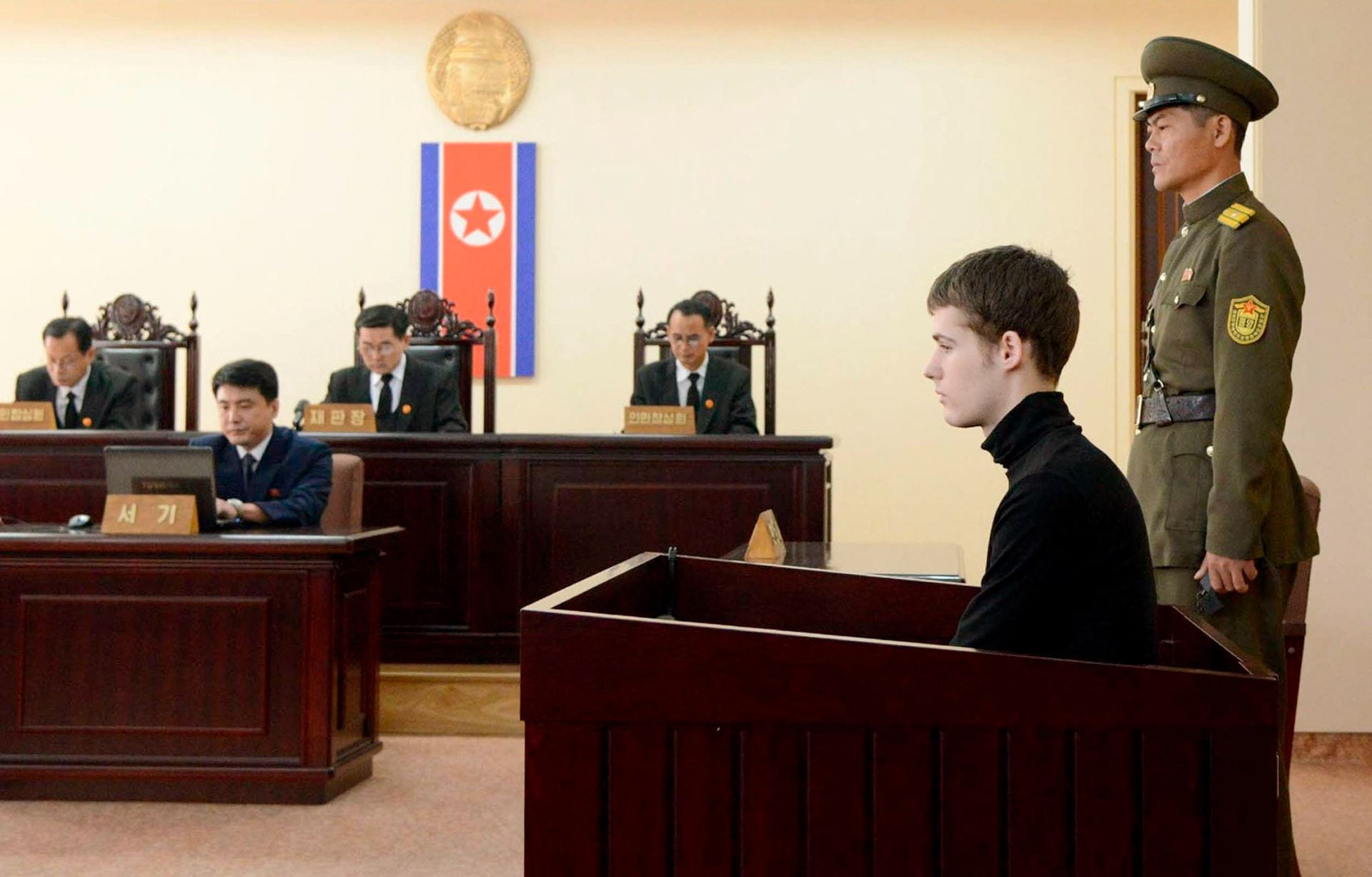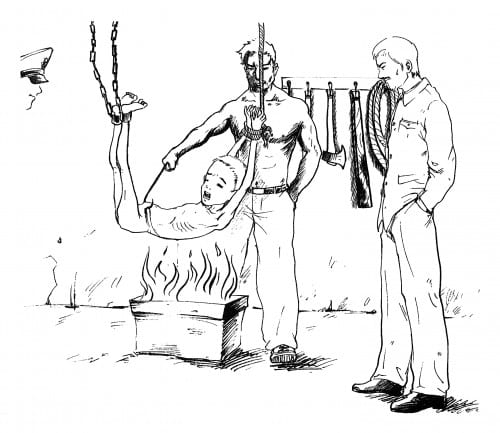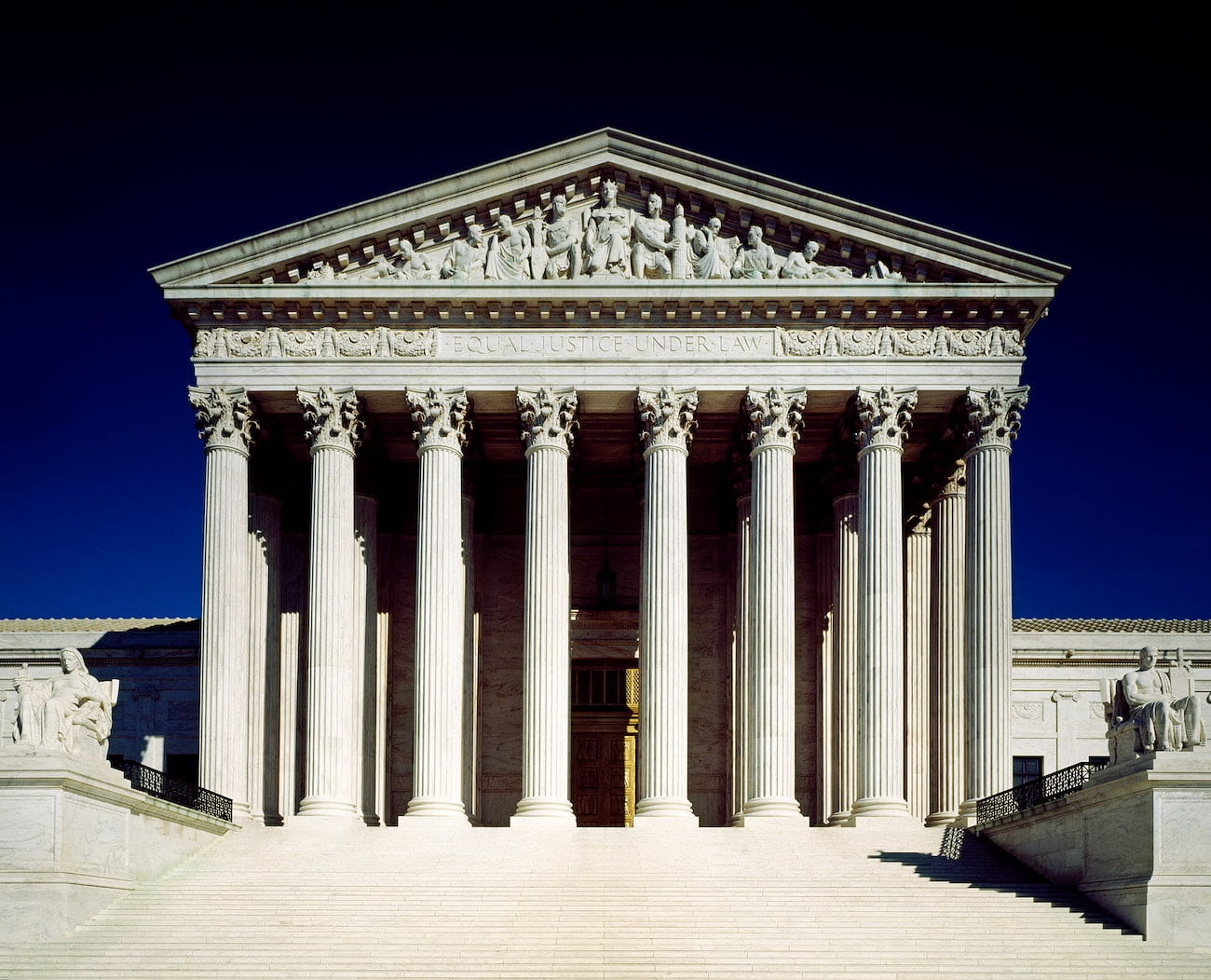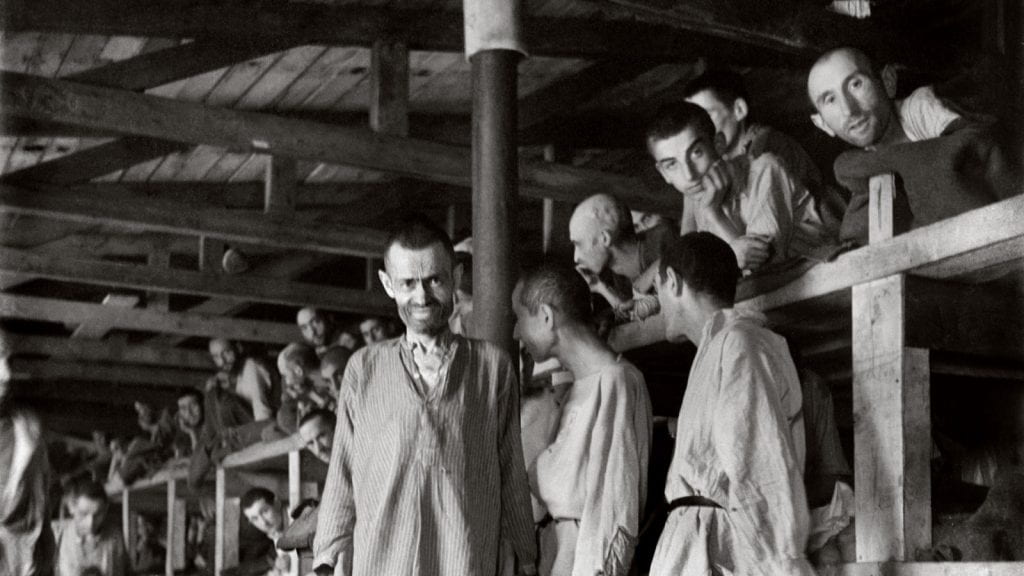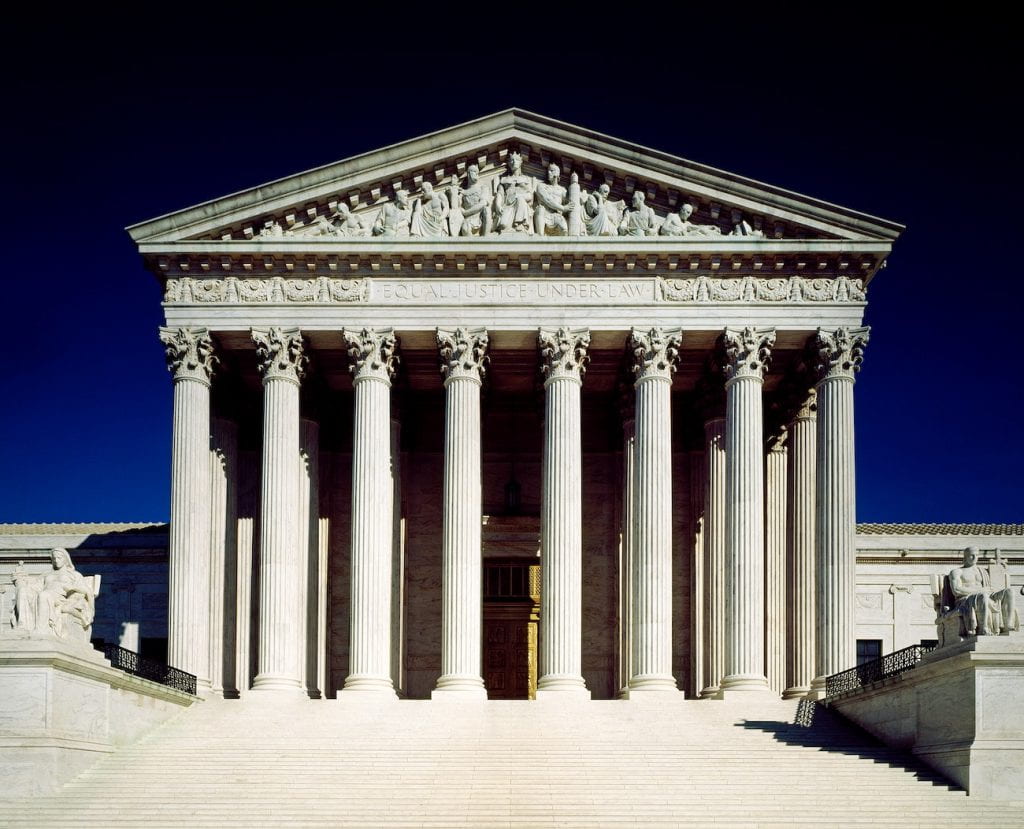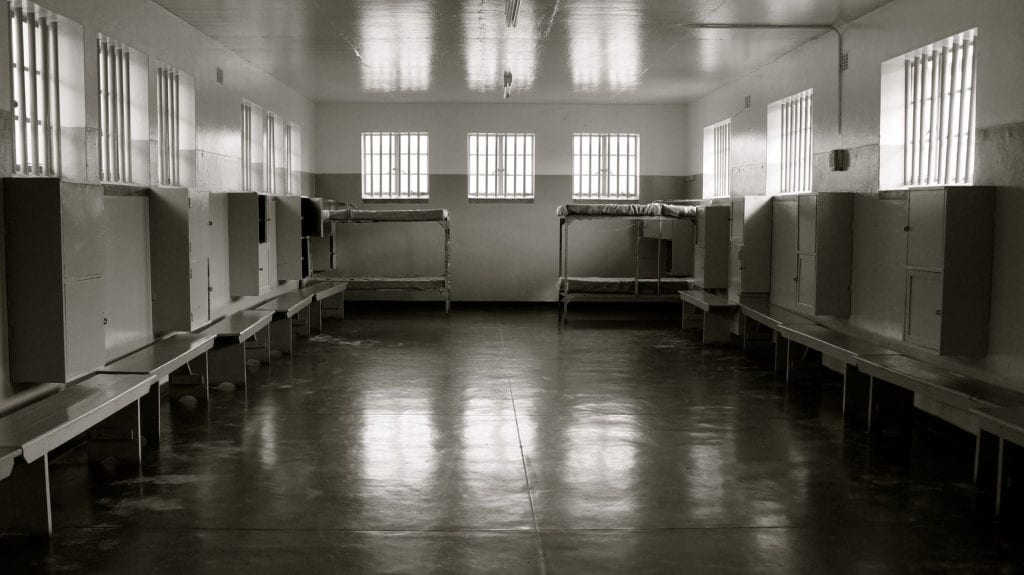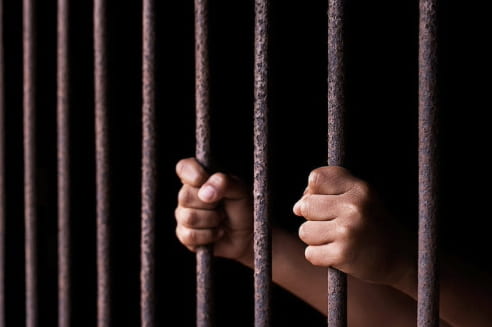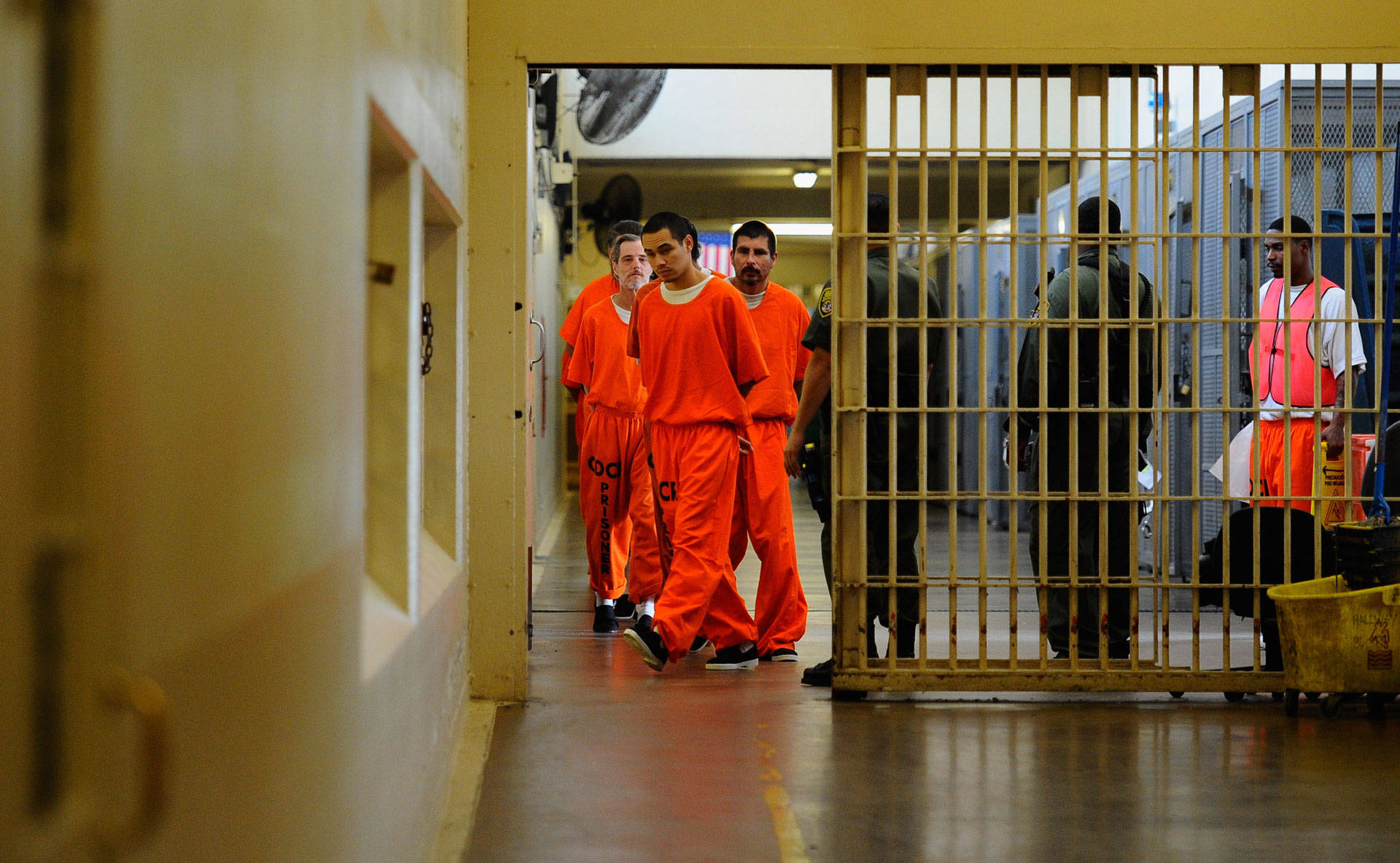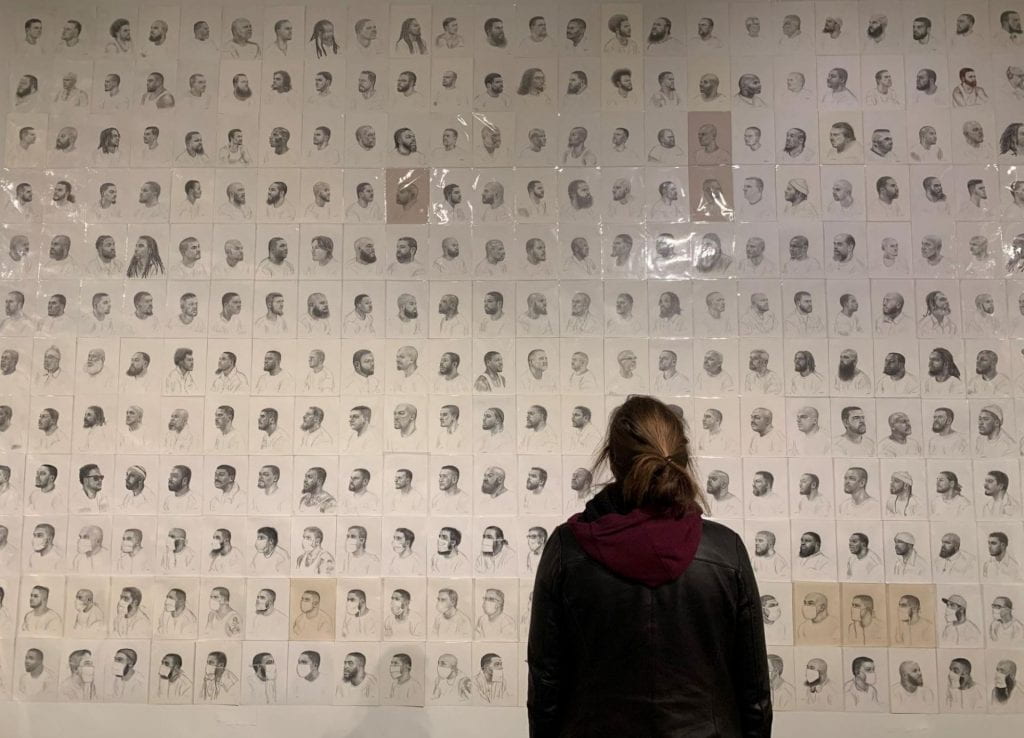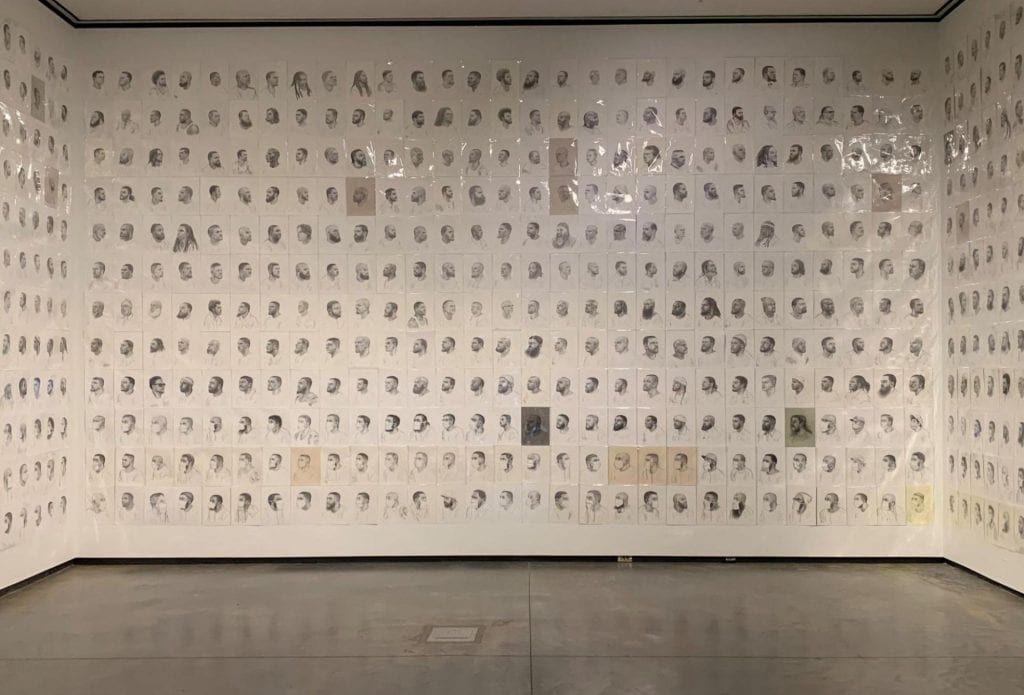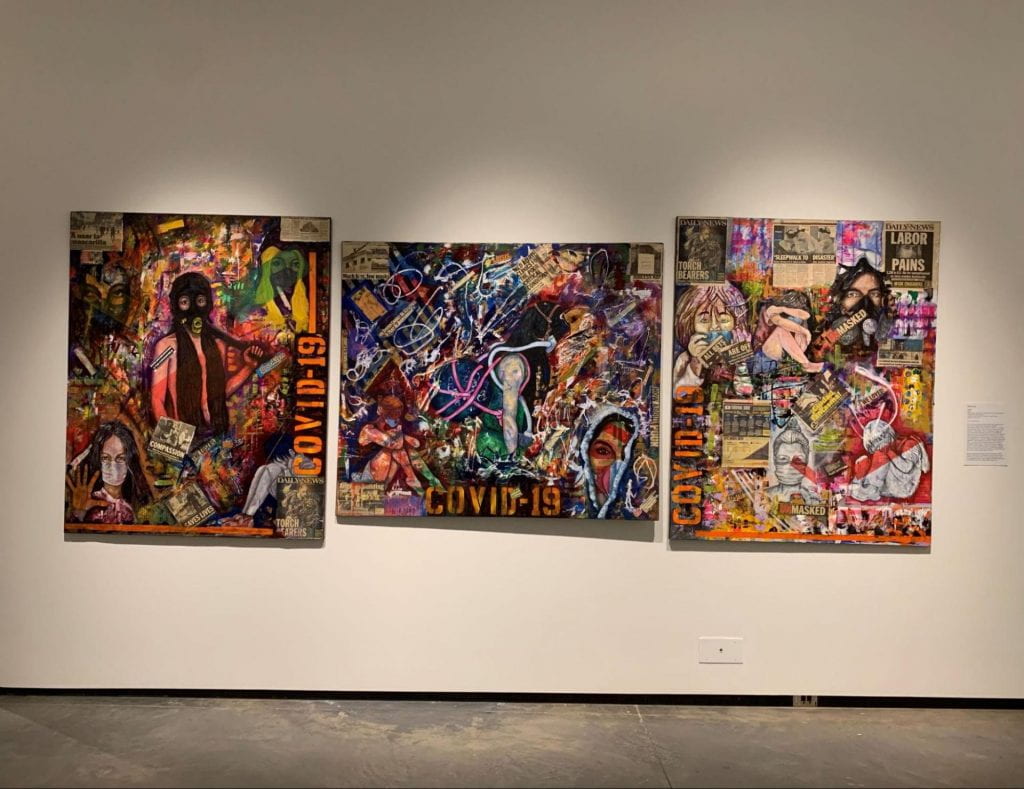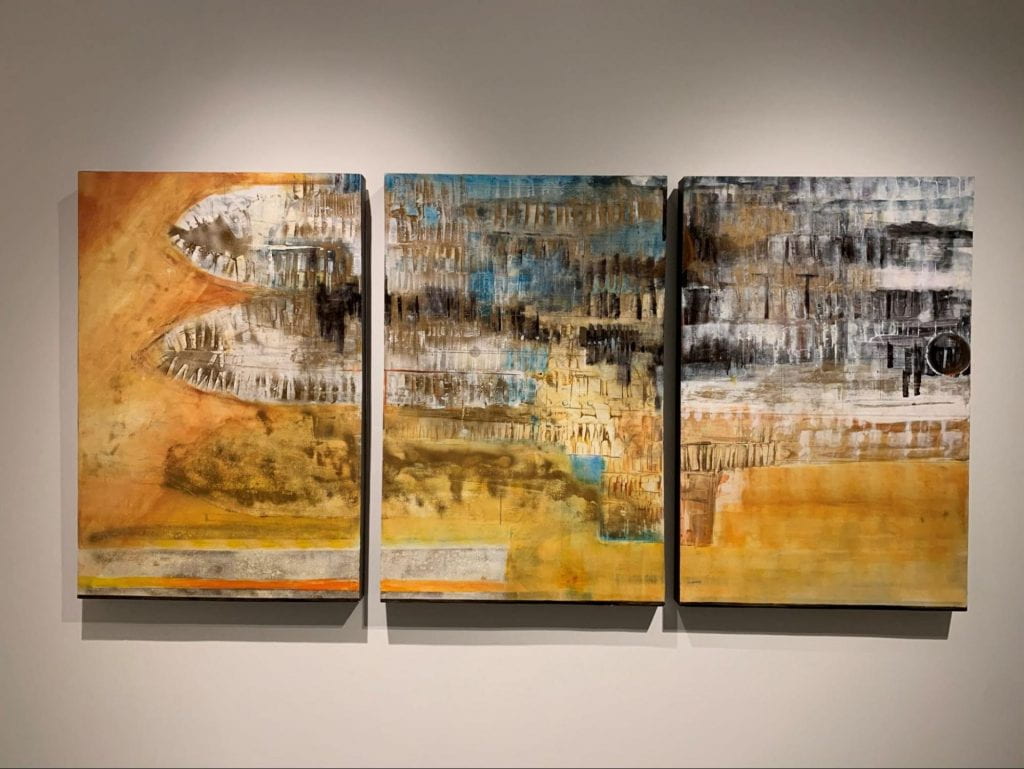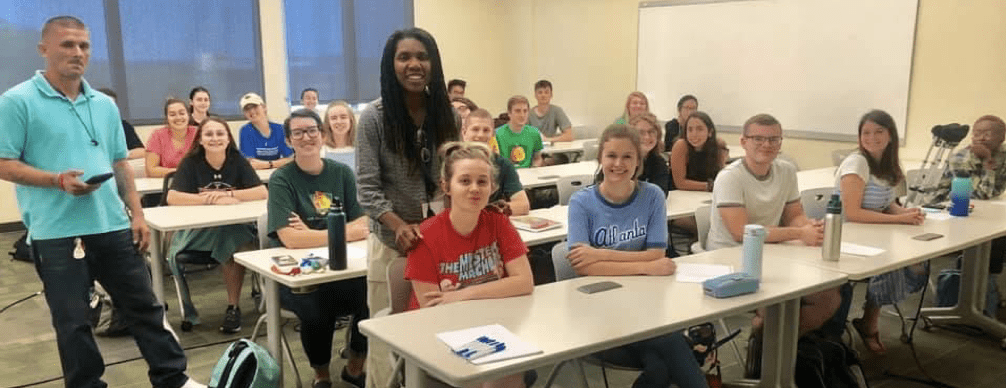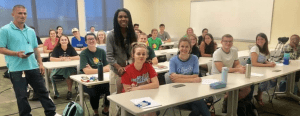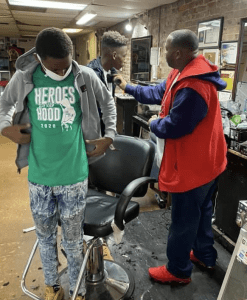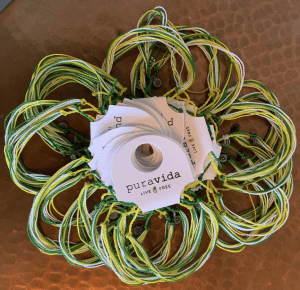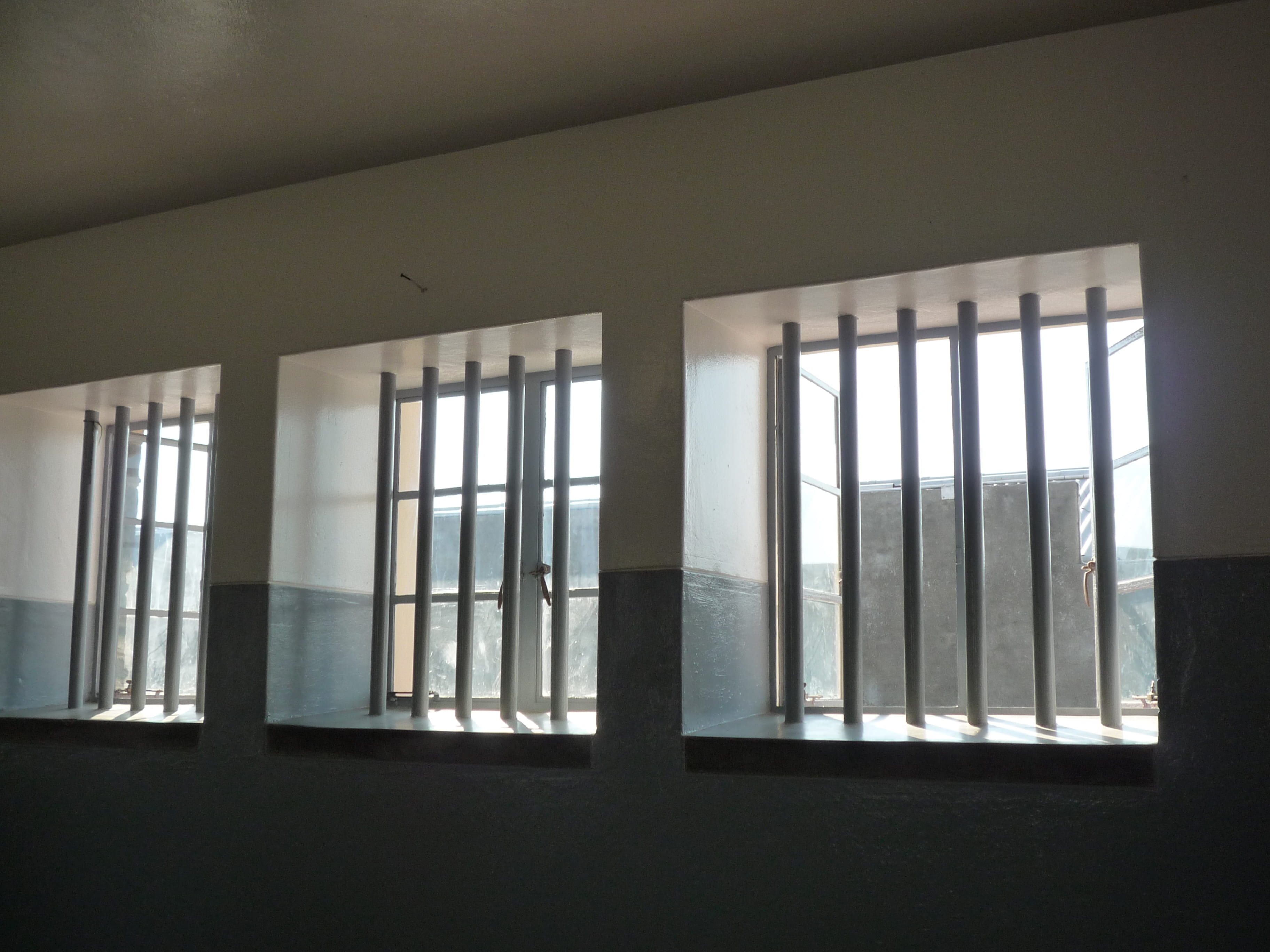by James DeLano
“I run the biggest mental hospital in the country.”
That was Los Angeles County Sheriff Lee Baca in 2005. He was referring to the fact that, in 2005, over 2,000 people in the county jail had been diagnosed with a mental illness. That has not changed. Nationwide, between 16% and 24% of incarcerated people have a severe mental illness. In the general population, 4% of people have these illnesses. Prisons are serving as replacements for psychiatric hospitals, but they are not changing to accommodate that.
In the 1840s, people with mental illnesses were generally imprisoned. That was due to the criminalization of many symptoms and a lack of societal acceptance. Although mental disability has not been a legitimate excuse for imprisonment, mental health problems are still significant in today’s prisons.
National Problems
Nationally, estimates for the percentage of inmates with a severe mental illness range from 15% to 20%. As previously mentioned, the Los Angeles County Jail was described by its sheriff in 2005 as the largest mental hospital in the country. At the Cook County Jail in Illinois, about 1/3 of the incarcerated population has a mental illness. According to the mental healthcare supervisor at the Gwinett County Detention Center in Georgia, the closure of a nearby psychiatric hospital caused the number of mentally ill inmates to skyrocket. In Polk County, Florida, the jail has a mental health unit based on psychiatric hospitals and “immediately put[s] them back on medication because the vast majority of them – the overwhelming majority of them — have decompensated.” In the U.S. Virgin Islands, individuals who were found not guilty of a crime by reason of insanity – that is, who committed a crime but were determined not to be culpable due to a mental illness – are kept in the general prison population rather than being hospitalized. For that reason, the U.S. Virgin Islands has been involved in a class-action lawsuit, Carty v. Mapp, since 1994, one which shows no signs of being resolved.
These situations are exacerbated by the criminalization of symptoms and coping mechanisms of people with mental illnesses. Some people use illegal substances as a means of self-medication. Others steal food or break into buildings to find a place to sleep. Rather than investigating the reasons behind these crimes, people are incarcerated, sometimes medicated, and only occasionally given true mental health treatment. They are then released with no outside support or ways to continue accessing medications.
That is still entirely ignoring that prisons can cause mental health issues on their own. Solitary confinement, something that is widely used in American prisons, can cause or worsen symptoms of mental illness. Incarcerated people kept in solitary confinement are almost seven times as likely to harm themselves and more than six times as likely to “commit acts of potentially fatal self-harm” when compared to the general prison population.
Failures in the South
In 2017, a federal district court found that the Alabama Department of Corrections (ADOC) was providing “significantly inadequate care.” This decision came after years of litigation. The case, Braggs v. Dunn, is still ongoing almost ten years after it was first filed in 2014. Since then, little has changed in ADOC’s prisons.
An opinion given in the case mentioned Jamie Wallace and his testimony 36 times over 300 pages. Wallace was incarcerated in 2014 for the murder of his mother. He had been diagnosed with bipolar disorder and schizophrenia. He testified in December of 2016. He died of suicide ten days later while in a unit dedicated to severely mentally ill inmates. Five days prior to his suicide, a healthcare worker at the prison wrote that he was “using crisis cell/threats to get what he wants.”
Wallace was mentally ill. For that, he was punished by prison guards. He was disciplined twelve times for harming himself, six of which involved being subjected to solitary confinement. Solitary confinement is regularly criticized for being inhumane, and it is especially so for those with preexisting mental health issues. According to Solitary Watch, a non-profit dedicated to ending the overuse of solitary confinement, citing a 2014 study on the topic, “individuals placed in solitary confinement were 6.9 times more likely to commit acts of self-harm and 6.3 times more likely to commit acts of potentially fatal self-harm than people in the general population.” Adding that people with mental illnesses are more likely to harm themselves than people without paints a grim picture of what happens inside these walls.
After Wallace’s suicide, the court ordered an emergency plan to be made to prevent future suicides. That plan was too late for James David Johnson, who hung himself only a few days after Wallace.
The court also accused correctional workers of being ambivalent or actively encouraging suicide. “ADOC officers essentially called a prisoner’s bluff, and then that person attempted suicide.” During his testimony, Wallace said that a correctional officer handed him a razor blade and told him, “You want to kill yourself? Here you go. Use this.” The two parties in the case had previously settled over the issue of razor blades’ presence in crisis cells – the same kind of cell Wallace was able to hang himself in. This lack of awareness on the part of ADOC was only exacerbated by the chronic understaffing of mental health workers. In January of 2023, ADOC stopped reporting the number of deaths – both homicides and suicides – that occurred in its prisons.
In 2021, Disability Rights Mississippi, Mississippi’s federally mandated watchdog agency (protection & advocacy agency), filed suit against the Mississippi Department of Corrections due to severe mistreatment of numerous disabled inmates. One individual, who was described as having ADHD, OCD, and bipolar disorder, was refused access to his medications and, according to DRMS’s investigative report, “during suicide watch, recalls being told by a passing officer to go ahead and kill himself.” Another person with PTSD and bipolar disorder “needs… mood stabilizers. MDOC has yet to treat this offender.” The lawsuit itself, Wallace v. Mississippi Department of Corrections, reads, “DRMS has encountered many offenders who have attempted self-harm, which was ignored by MDOC staff. In some cases, the self-harm was encouraged by MDOC staff.”
Florence Supermax
A short time after Braggs v. Dunn, another lawsuit was filed for similar reasons – this time against the supermax prison in Florence, Colorado, also called the ADX. Rodney Jones, who assisted in the early stages of the lawsuit and who was previously held in the ADX, told the New York Times in 2015 that a staff psychiatrist stopped the medication he took for his bipolar disorder because “We don’t give out feel-good drugs here.”
One of the plaintiffs in that lawsuit is Jack Powers. Powers was sent to the ADX after an escape attempt preempted by threats from members of the Aryan Brotherhood, some of whom he had testified against after witnessing the murder of a friend. All three men he testified against were being held at ADX Florence when Powers was transferred there. While incarcerated there, Powers “lost his mind.” He mutilated himself numerous times, including by removing his earlobes, chewing off one of his fingers, removing one of his testicles, and tattooing himself with a razor and black carbon paper dust.
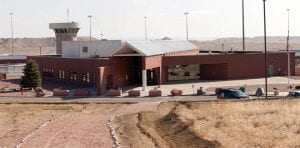
David Shelby was incarcerated for threatening President Bill Clinton after he “became convinced that God wanted him to free Charles Manson from prison.” While incarcerated, Shelby sliced off part of his finger and ate it. Herbert Perkins, another prisoner, attempted to cut his throat with a razor. After being treated, he was ordered to mop up the blood left in his cell – it had not been cleaned since he was taken to the hospital.
Conclusions
American prisons often have inhumane conditions. Those issues are compounded even further when the inmates in question have a mental illness. Prisons are unprepared to serve as psychiatric institutions, nor have they, overall, attempted to change to do so. Even so, that is what they are doing. Between the lack of adequate treatment, the negative psychological effects being incarcerated can cause, and the lack of assistance from correctional workers, it should be no surprise that rates of self-harm, suicide, and mental illness in prisons are so high.
Courts take time to process cases. This is demonstrated by many of the cases mentioned; Carty v. Mapp has been ongoing for 30 years, Wyatt v. Stickney ended in 2003, 33 years after it was first filed, and Braggs v. Dunn, one of the more recent lawsuits mentioned, is over a decade old. This is by design. A longer trial gives more opportunity for both parties to adequately present cases and, in the cases of these lawsuits, make changes. Despite that necessity, something needs to change. Mentally ill people are suffering and dying in jails and in prisons. The correctional system will not change on its own; it takes outside pressure to change things, and lawsuits, the most effective means of creating this change, take decades to be resolved. Systemic changes need to be made to how these prisons function and the societal role they play.
